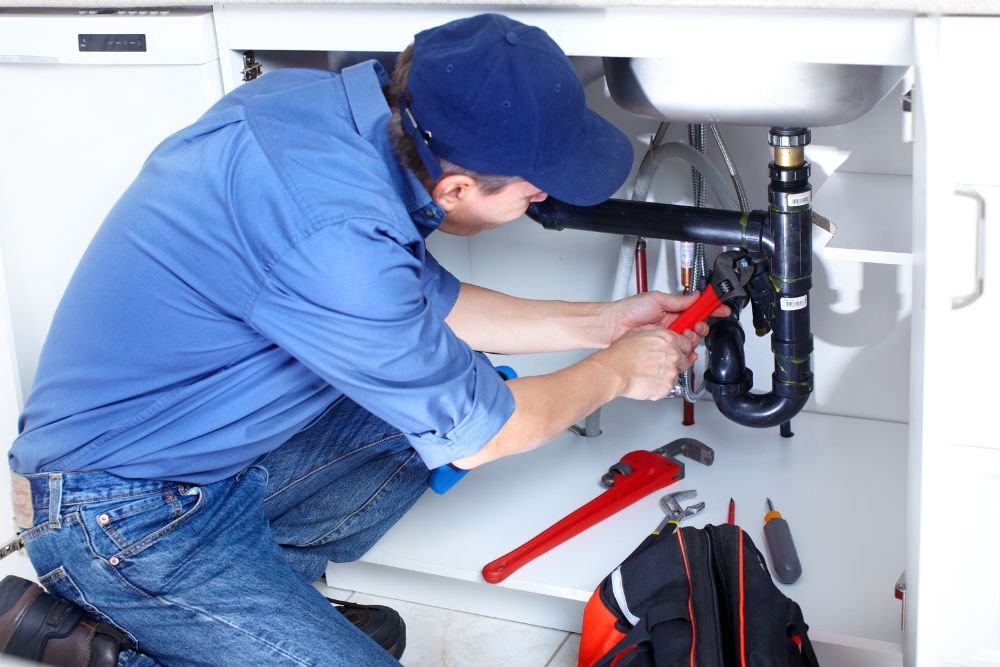
PROPERTY SEARCH
The Ins and Outs of Applying for a Bridge Loan in 2025
Buying and selling a home at the same time can feel like walking a tightrope. That’s where bridge loans come in—they give you the financial flexibility to purchase your next home before selling your current one. If you’re in Fort Lauderdale, Oakland Park, Weston, or Pembroke Pines, understanding how bridge loans work could save you from unnecessary stress.
What Is a Bridge Loan?
A bridge loan is short-term financing that “bridges” the gap between selling your old property and buying your new one. Think of it as a temporary solution to cover down payments, closing costs, or even the purchase price of your next home until your current property sells.
Why Fort Lauderdale and Broward County Homeowners Use Them
In competitive South Florida markets, timing is everything. If your dream home hits the market, waiting for your existing property to sell might mean missing out. With a bridge loan, you can move quickly while still having time to secure the best home valuation in Fort Lauderdale or explore how much your Oakland Park home is worth.
Benefits of a Bridge Loan
- Lets you make a non-contingent offer on your next home
- Gives flexibility in moving timelines
- Helps avoid juggling two mortgages long-term
Risks to Be Aware Of
- Higher interest rates compared to traditional mortgages
- Strict qualification requirements
- Short repayment terms (usually 6–12 months)
When Should You Apply?
If you already have equity built up in your property and the market is favoring sellers, a bridge loan can be a smart play. But if your property may take longer to sell, consider alternatives like a home equity line of credit.
Curious about your home’s current value?
Get your free Fort Lauderdale, Oakland Park, Weston, or Pembroke Pines home valuation today.
Or schedule a free consultation with Scott Lehr and The Listing Team.
How The Listing Team Can Help
We work with trusted lenders who understand the unique needs of South Florida buyers and sellers. Whether you’re trying to list your home in Fort Lauderdale or you’re looking at Weston homes for sale, we’ll guide you through every step.
📞 Call us at 954-342-6180 or email scott@scottlehrrealtor.com for expert advice.
The Ins and Outs of Applying for a Bridge Loan

Bridge loans offer real estate investors a powerful financing tool when timing matters most. These short-term loans help you secure properties quickly while you arrange permanent financing or sell existing assets. The application process can make the difference between securing your dream investment and watching it slip away to a faster competitor.
Real estate markets move quickly, and traditional mortgage timelines often create missed opportunities. Bridge loans fill this gap by providing rapid access to capital, typically closing within two to four weeks compared to the 30 to 60-day timeline of conventional loans. We’re discussing the ins and outs of applying for a bridge loan in this brief guide.
Determining If Bridge Loans Suit Your Investment Strategy
Bridge loans work best for experienced investors with clear exit strategies. You need sufficient income to service your existing mortgage payments and the new bridge loan simultaneously. Most lenders require proof that you can handle double payments for at least six months.
These loans shine when you need to close quickly on undervalued properties, compete in hot markets, or finance renovations before refinancing. However, they carry higher interest rates and shorter terms than traditional mortgages, making them expensive for long-term holds.
Agricultural investors often explore bridge loans for farmers when expanding operations or purchasing seasonal land. The same principles apply regardless of property type—you need clear income projections and realistic exit timelines.
Essential Qualifications and Documentation
Lenders evaluate bridge loan applications differently from traditional mortgages. They focus heavily on the property’s after-repair value and your experience level rather than just current income. Most require a minimum credit score of 620, though many prefer 680 or higher.
Expect to provide detailed renovation budgets, contractor estimates, and comparable sales data. Lenders want to see that your projected property value justifies the loan amount. Many require professional appraisals or broker price opinions to verify your projections.
Down payment requirements typically range from 20 to 35 percent of the purchase price. Some lenders allow you to use existing real estate equity as collateral, reducing cash requirements. However, cross-collateralizing properties increases your overall risk exposure.
Navigating the Application Timeline
Begin by gathering relevant financial documents, including tax returns, bank statements, and information about existing properties. Bridge lenders move faster than traditional banks, but they still need comprehensive documentation to approve your loan.
Submit applications to multiple lenders simultaneously since approval isn’t guaranteed. Different lenders specialize in various property types and loan amounts. Some focus on residential fix-and-flips, while others prefer commercial properties or larger loan amounts.
Avoiding Costly Application Mistakes
Never apply for bridge loans without concrete exit strategies. Lenders want to see how you’ll repay the loan, whether through refinancing, sale proceeds, or other income sources. Vague plans lead to rejections or unfavorable terms.
Avoid overestimating property values or underestimating renovation costs. Conservative projections protect you from financial trouble if markets shift or projects run over budget. Include contingency funds of at least 10 percent for unexpected expenses.
Bridge loans can accelerate your real estate investing when used strategically. Focus on properties with clear value-add opportunities and multiple exit strategies. Build relationships with reliable contractors and real estate agents who can execute your plans efficiently. Knowing the ins and outs of bridge loans gives you an edge when it’s time to apply.







